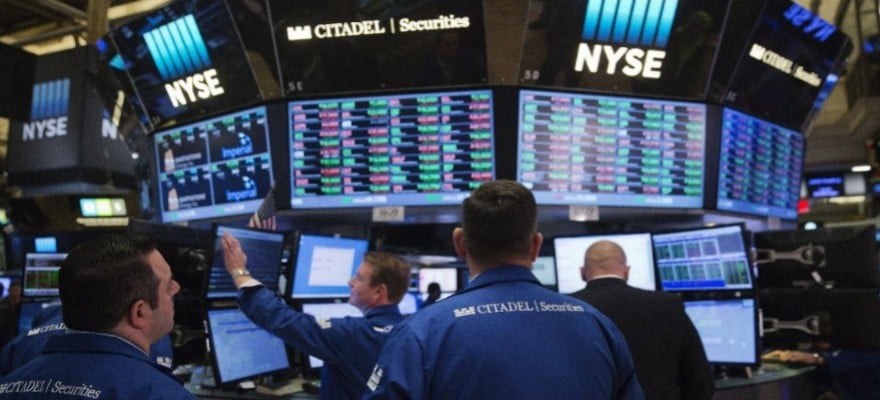The latest in a seemingly never-ending list of best execution surveys has been released – this time from the influential research house Greenwich Associates.
In this report, the Connecticut-based firm performed analysis into what buy-side traders look for in execution quality, including the types of metrics and Analytics that traders are using on an algo-by-algo basis.
Greenwich finds that portfolio managers are now giving their traders a greater deal of flexibility than some would have expected. Specifically, for 82 percent of orders, traders have full discretion on execution strategy, while for 18 percent, the portfolio manager gives specific instructions.
Execution style, trading analytics, and venue preferences of 92 buy-side trading executives in North America over the two months (August and September 2019) were covered in the Greenwich Associates research.
Greenwich also noted that there was a significant difference in performance between one algo and another of the same category, depending on their venue-routing strategy. It’s completely understandable. In fact, it’s worth taking a moment to think about how each marketplace offers different types of Liquidity , supports different order types, and may have different fee structures and latency differentials.
Increased adoption of TCAs by market participants
The report also jumps on the bandwagon of analytics for trading costs, saying that TCA systems are becoming a more influential element in the market.
The report finds that 84 percent of traders in US markets use a TCA system, and 71 percent use venue analysis, underscoring how important data has become in trading.
The increase in transaction cost analysis (TCA) tools over the past three years has been nothing short of remarkable. The new approach could also be seen as a response to increasing transparency requirements which define the conduct of all market participants, including the need for buy-siders to prove best execution.
“Embedded within the wheel is sophisticated TCA functionality that captures data about the performance of all algos under specific market conditions. As conditions change or new data is collected, the wheel may automatically switch from, say, one liquidity-sourcing algo to another without requiring any input from the trader,” the report says.
Best execution is also an important part of the Markets in Financial Instruments Directive II (MiFID II). Most of the debate in relation to best execution under MiFID II has focused on the requirements for firms to publish data on execution quality and to revise their relevant policies.
Finally, the study finds that although traders would actually like to execute less on exchanges, about 50 percent of their order flow was filled on regulated venues. Still, this is slightly less than market-wide statistics, which show about 60 percent of equity flow executing on exchanges.
















